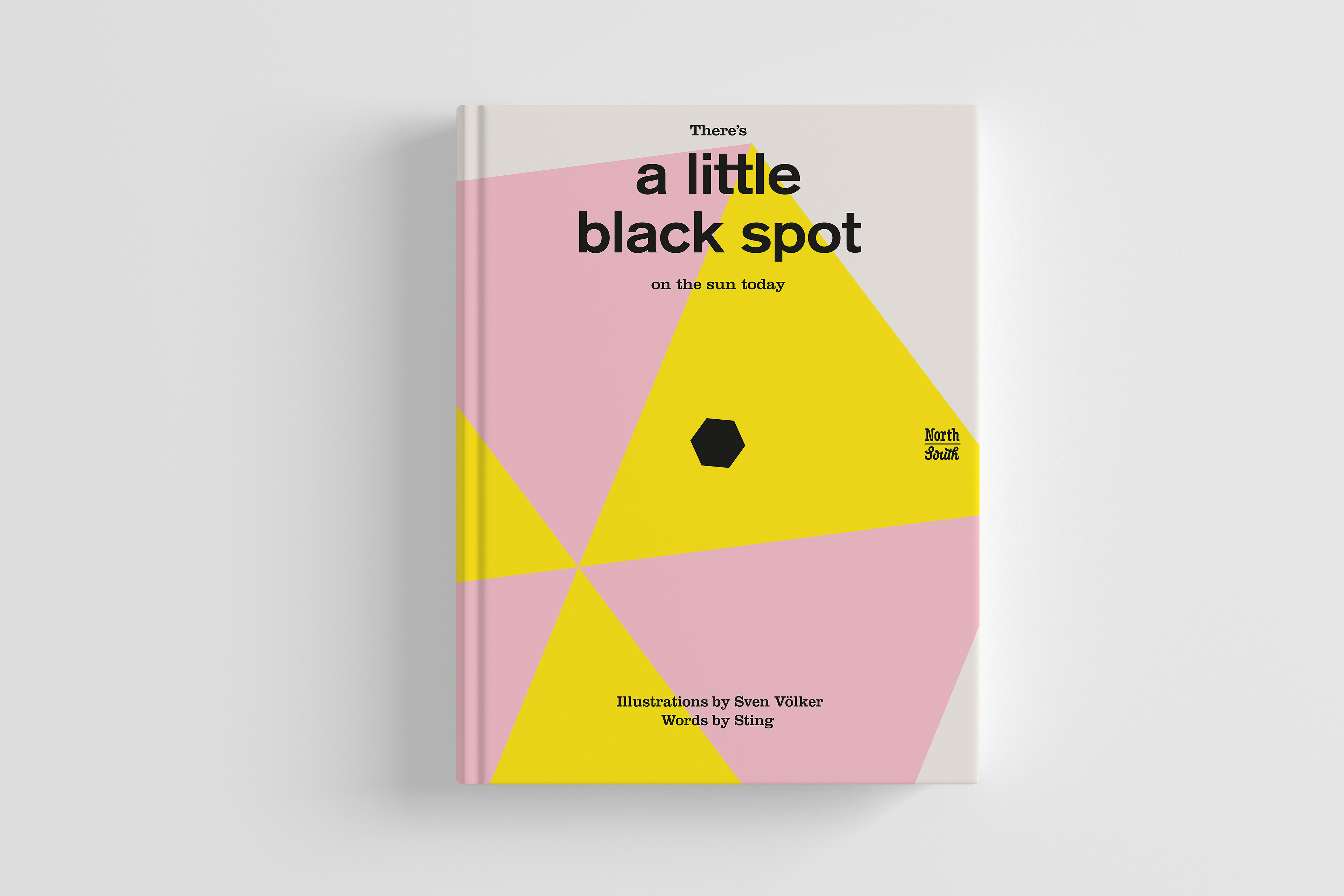A Conversation
“The Piano” is a magical journey into the unknown with a surprising but very familiar destination. The new picture book by Sven Völker is about sounds and noises - and it's about two big questions: “Who am I? ” and “Who can I be”. The minimal illustrations are all made from eighty-eight black and white piano keys that turn the book into a little universe of animals.
„My other life would have been one in music."
"Ein tierisches Tastenabenteuer"
Die Neue Sammlung, München
What is the story of your new picture book “The Piano”?
At night a truck loses its load - a big black, shiny grand piano. It crashes onto the road and breaks into a thousand pieces, rattling, rumbling and clanking. After the silence has returned, eighty-eight black and white piano keys find themselves all mixed up in a big pile. They are still alive, but they have lost their function - there is no more music they can play, no more melodies they create. So the keys embark on a magical journey filled with sounds. First they transform into chirping swallows, then into a snoring hedgehog, then a barking dog. From animal to animal they change their appearance but they also change their voice and identity. Finally they arrive at the freezing south pole and find themselves all lined up, keeping each other warm like penguins. And now guess what this sight immediately reminds you of?

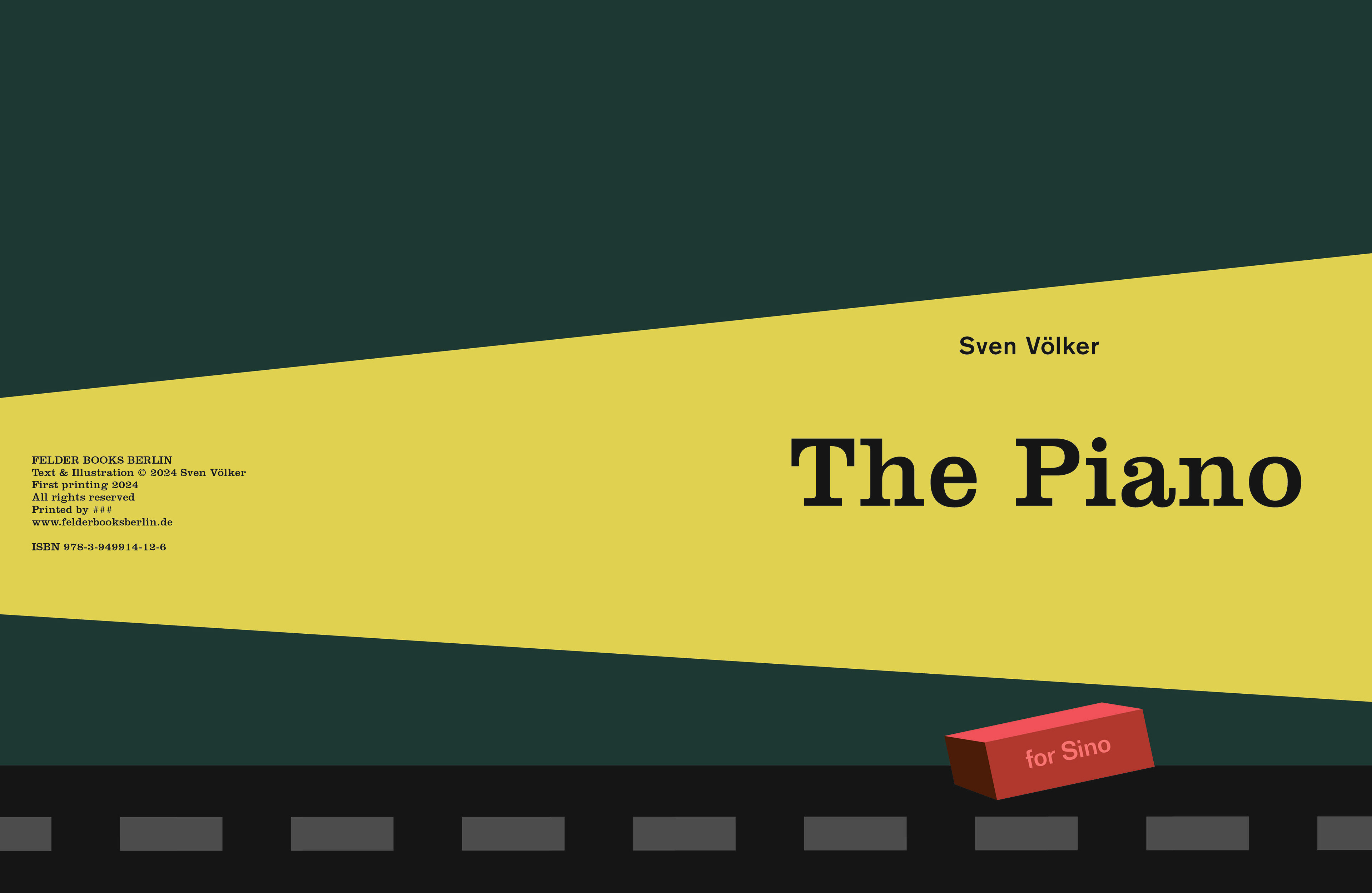

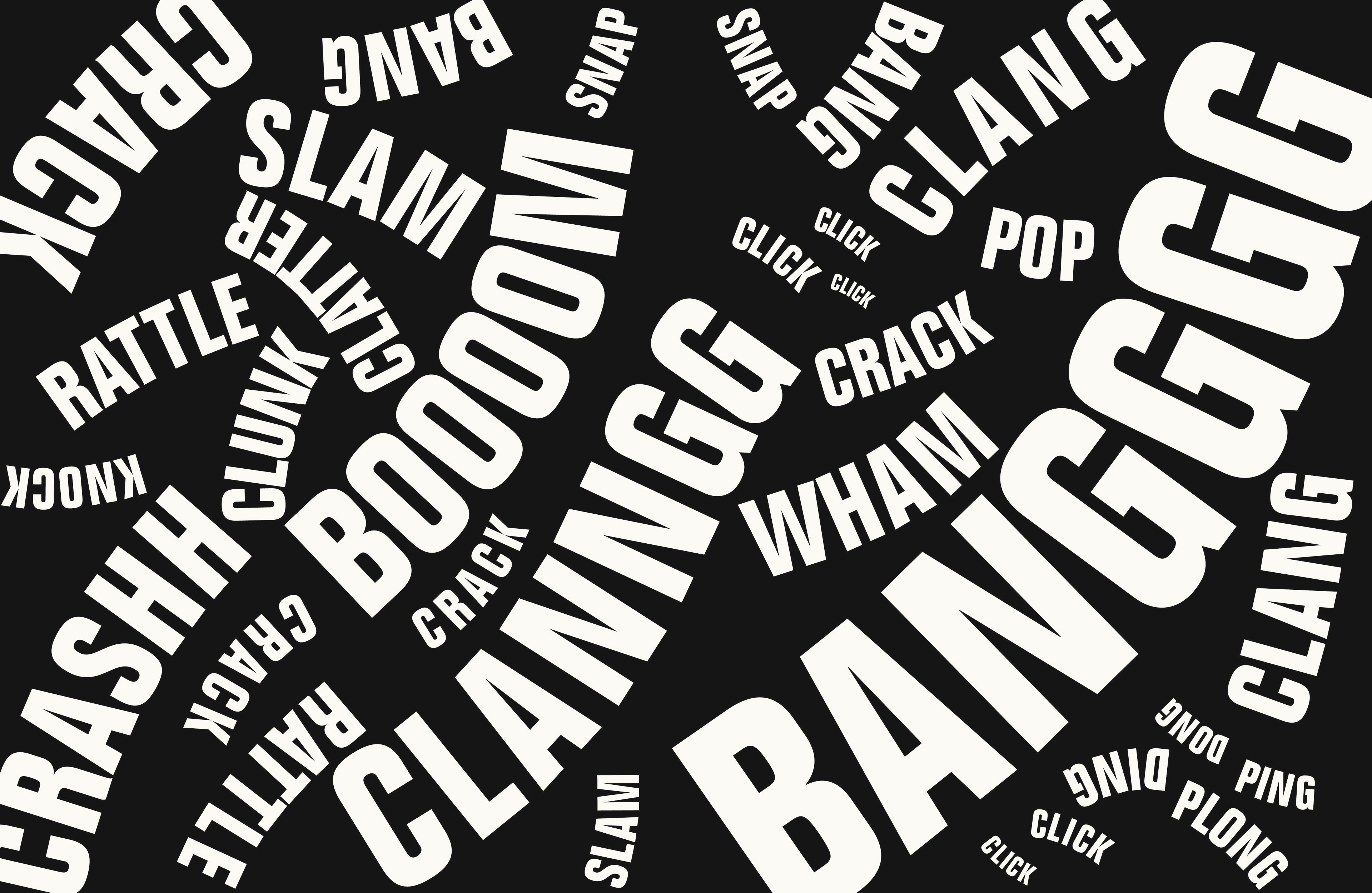
How did you come up with the idea for your new book?
I really like the graphic appearance of the piano keyboard. It's so simple, so neat and yet very special. I experimented with the black and white elements in the illustration and when I suddenly saw the tiger coming up in front of me and when I wrote the words “The Piano” above it, the idea of the book became clear. Still though, it lay on my desk for a very, very long time and it took me several attempts to develop the story until it became as simple and minimalist as it is now.
At the end of their journey, the piano keys look very similar as in the beginning. But is their journey really a round trip?
We are all somehow trying to find ourselves. We are carving our personality out from the rough wooden block that we are when we begin. Often we try to reinvent ourselves, then we doubt everything and we strive for the extraordinary that might be far out of our reach. But we probably must admit, we are often much closer to our selves than we think. Life is not about moving away from who you are to some other place, but about finding yourself. After all, the black and white keys reach the South Pole on their journey. There they discover that they don't have to be a roaring tiger or a chirping swallow. Instead they move very close and warm each other. This collaborative instinct brings them back into a very familiar order. They look exactly like the piano’s keyboard at the beginning. I believe that mindfulness and thoughtfulness helps you to make the good decisions. A picture book can become a visual poem that invites its audience to reflect and start a thinking process.
"Life is not about moving away from who you are."
Is it also this form of visual poetry that attracted you as an artist to the world of picture books?
Yes, I think so. I write and design my books with the idea in mind that my interpretation is only one possible version of the story. My readers, young and old, complete the story with their own personal experiences, emotions and associations. That's why I try to keep my books as minimalist as possible. The less I tell the story visually, the more room there is for personal interpretation. It is only perfect, when it is in balance. Many of my illustration are similar to pictograms. They are not totally abstract but representational, everyone can understand them quickly, but they still leave a lot of room for the viewer's own imagination. Of course this is not an easy strategy in a book market where many illustrated books are a visual feast. I also do love books with complex, hand-drawn illustrations, but I guess that is not what I want to do.

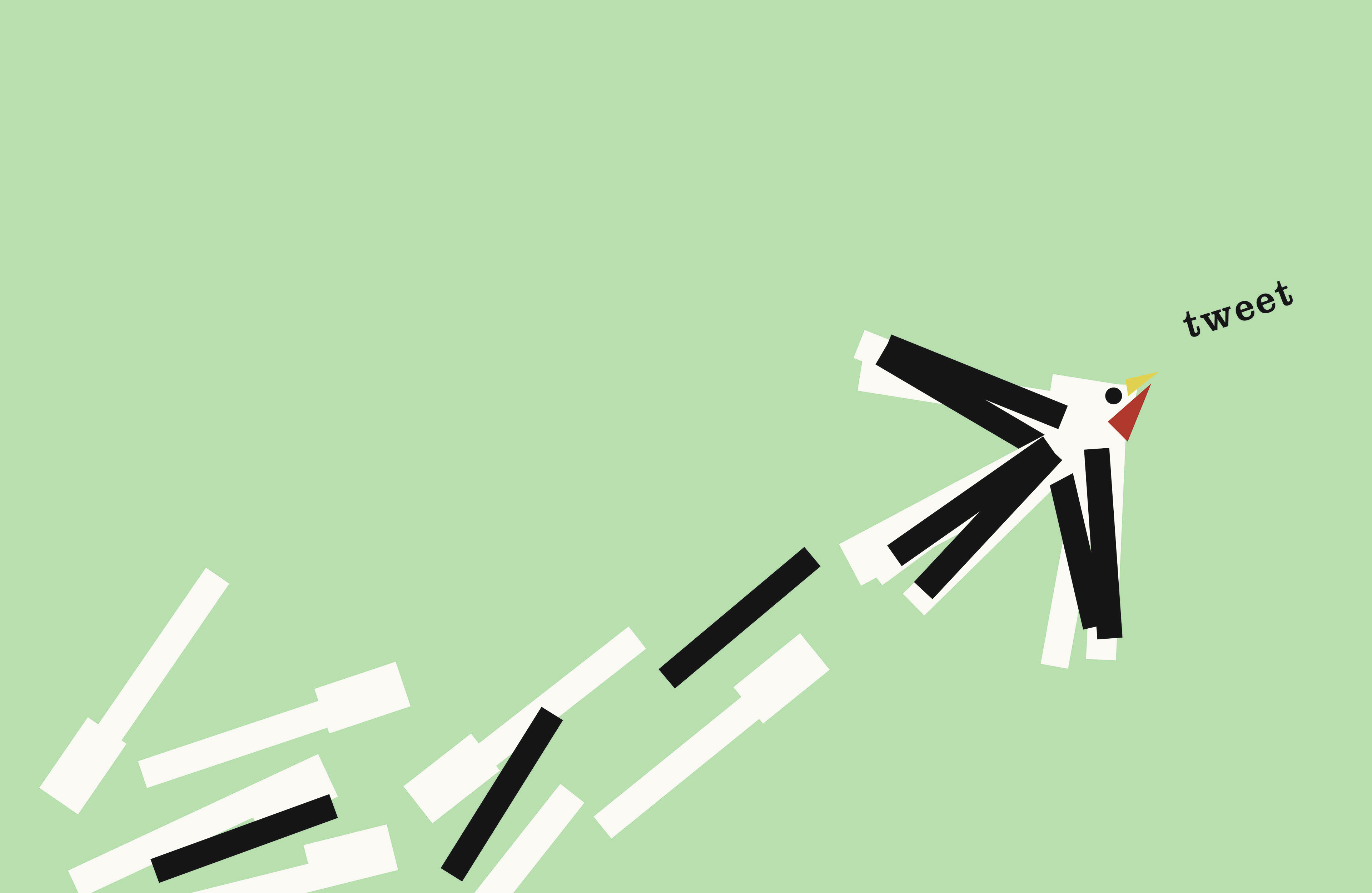
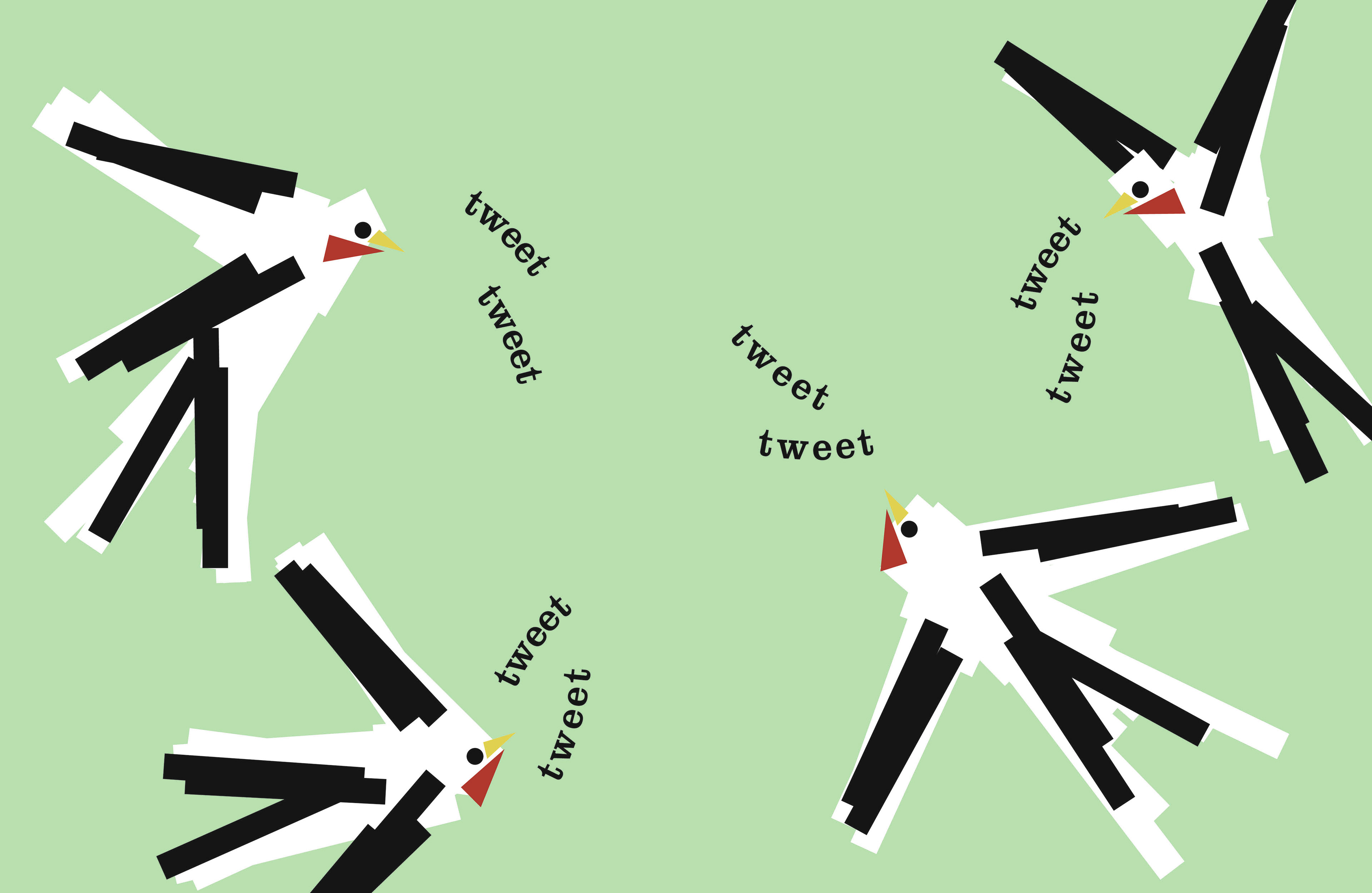
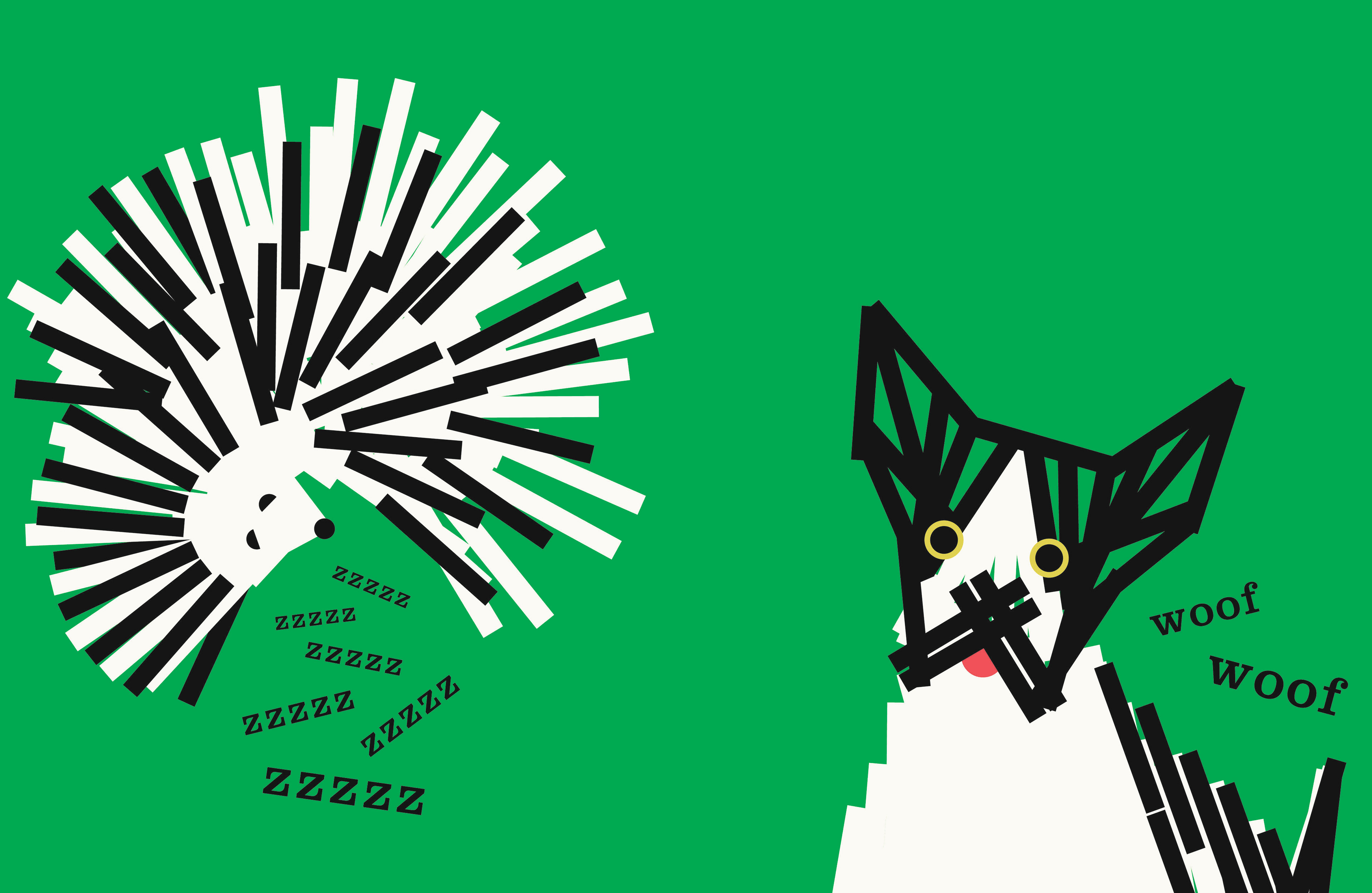
The piano is not only minimalist on a visual level but also dispenses entirely with a narrative text.
It is, if you like, a kind of “my-first-comic-book“. The text consists of only sound words - onomatopoetry - that we know from the world of comics. This type and level of text not only ensures more interaction by having readers young and old produce the animal sounds with their voices. It also gives the narration a more cinematic character. It is the opposite of a silent picture book. Incidentally, in the making, the text was the part of the book that took the longest. The only reason I didn't publish the book for all those years was because of the text. The story I had just didn't work. I kept putting the book back into my drawer. And every time I took it out again with a new idea, I found that it still wasn't working properly. I was happy with the pictures, but the narrative stayed completely messed up. Only when I was ready to get completely involved with the sounds it suddenly started to work.
Time seems to be an important factor?
Yes, definitely. I do get a bit better at working faster over the years. But I think it's important to leave things lying around and wait until they're ripe. The problem is that I'm actually a very impatient person and I find it very difficult to enjoy the waiting part.
"I don't have to post everything on Instagram."
You not only write books but also draw, print and create large formats on canvas.
Yes, … and I have also been making small sculptures recently. I think it's great to switch between a broad range of media, techniques and genres. Sometimes it helps to put one project aside and move on a few steps with another one.
And I also work on many ideas that no one ever gets to see. I keep them to myself in my studio. I think the greatest joy of artistic work in your own studio is the fact that you can „think“ outside of your head. The studio space becomes a physical extension of the brain. There, I try out a lot of things and discard them straight away or put them aside for a while. But not everything I do has to see the light of day. Just as I don’t have to say out loud everything I think in my mind. Not everything has to become a printed book or has to be exhibited. Not everything I make has to be good. And most important…
… I don't have to post everything on Instagram either.
more picture books

New Book coming Spring 2023
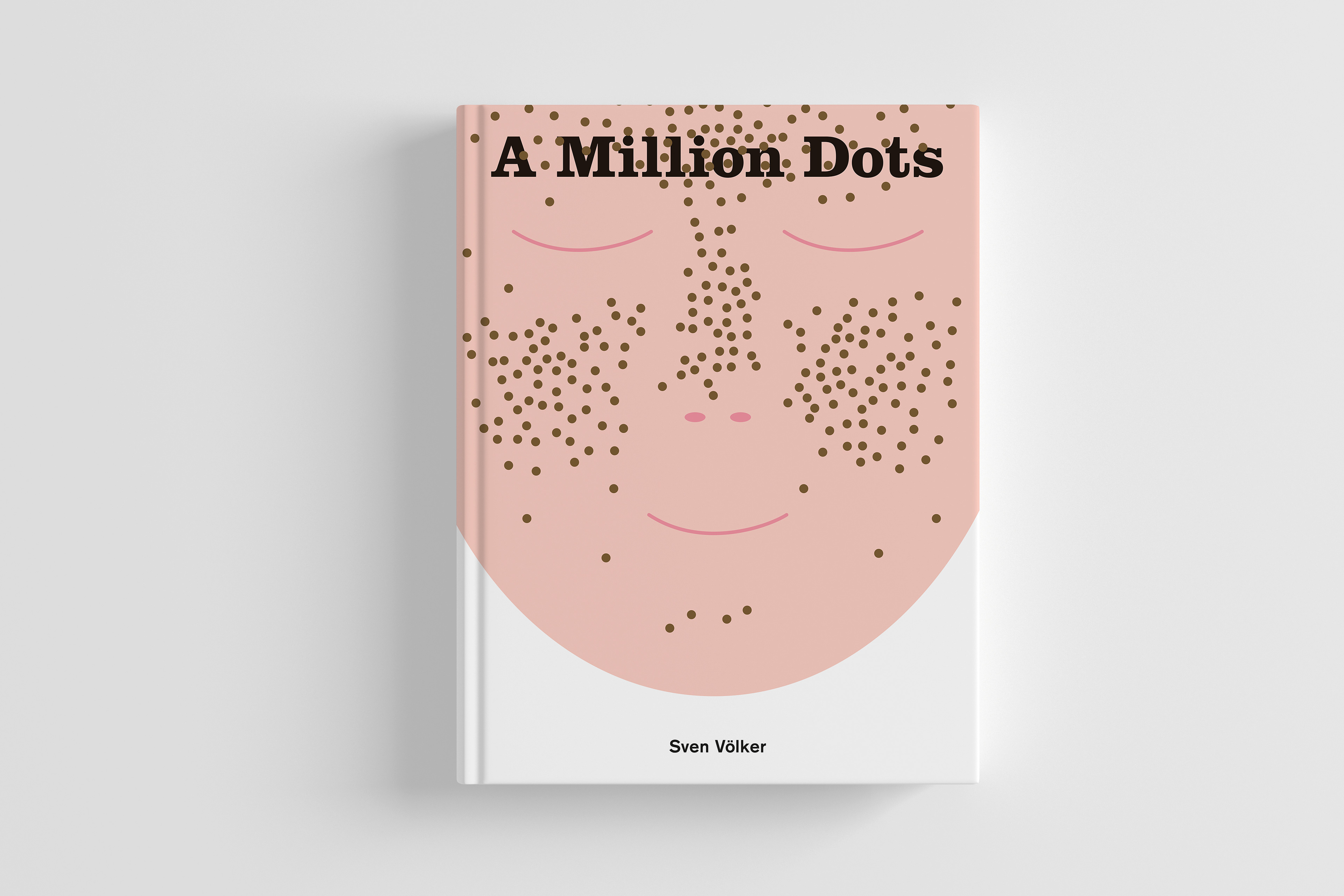
Winner of New York TImes Best Illustrated Children's Books 2019
